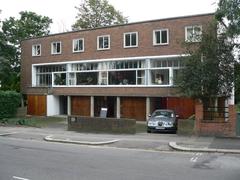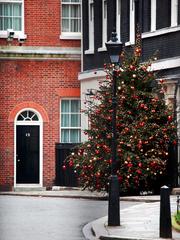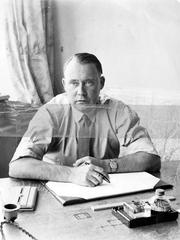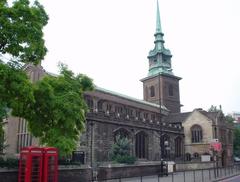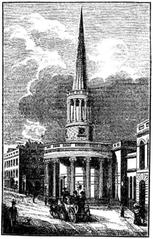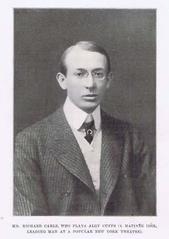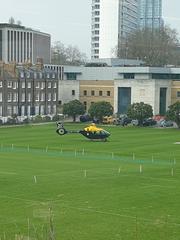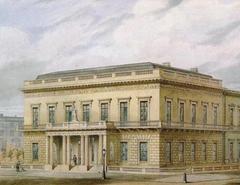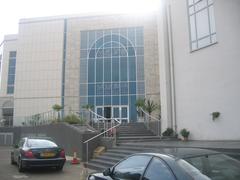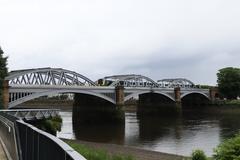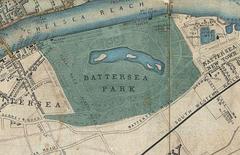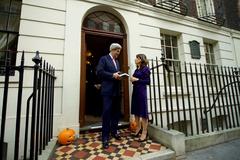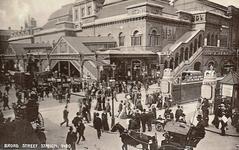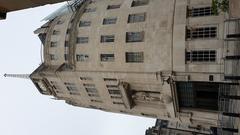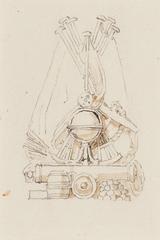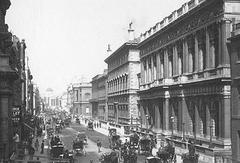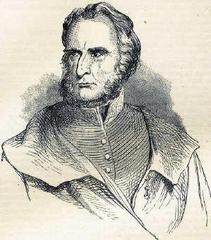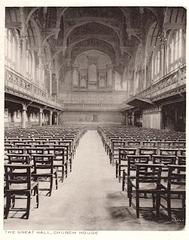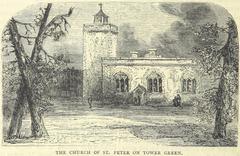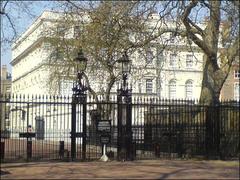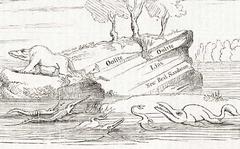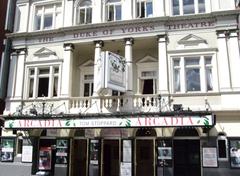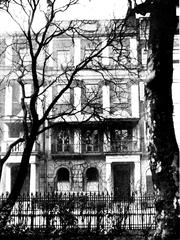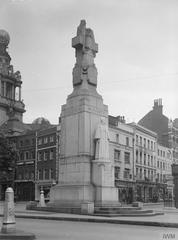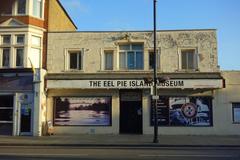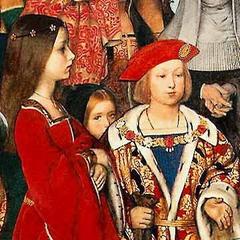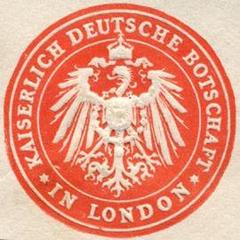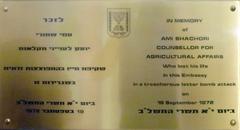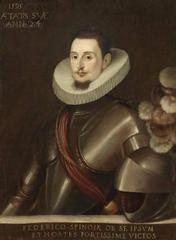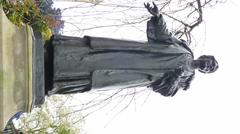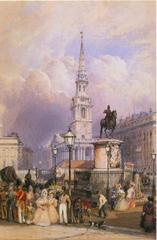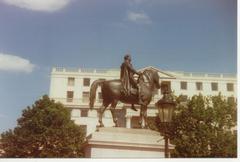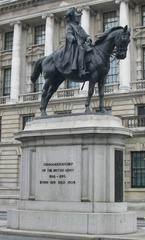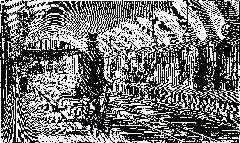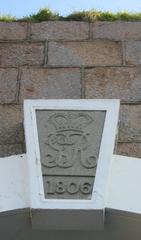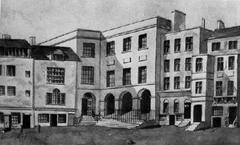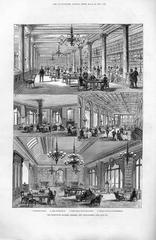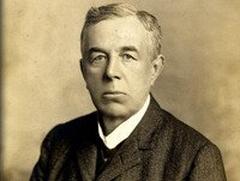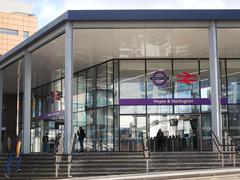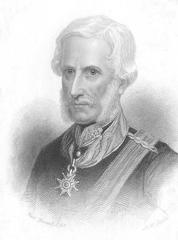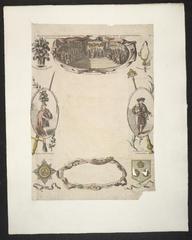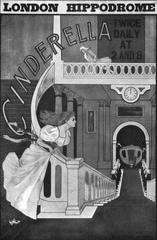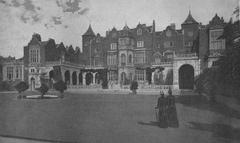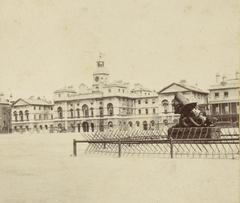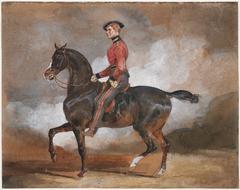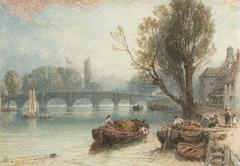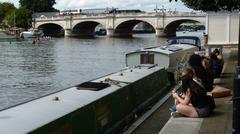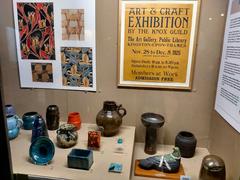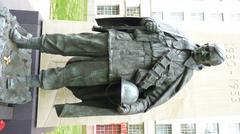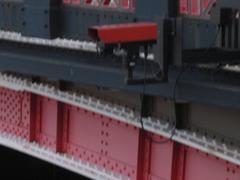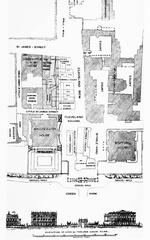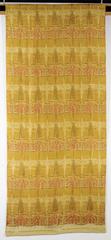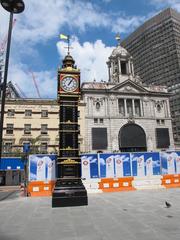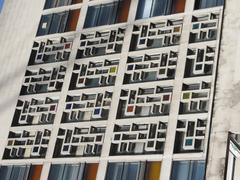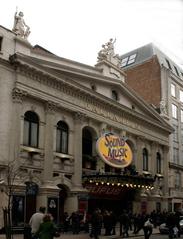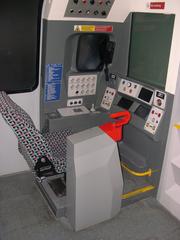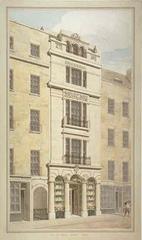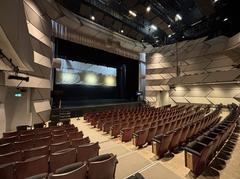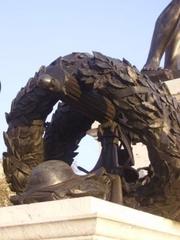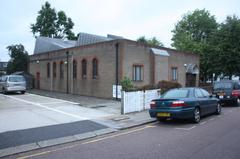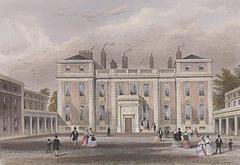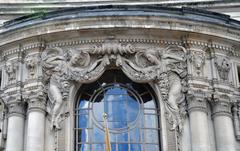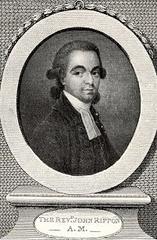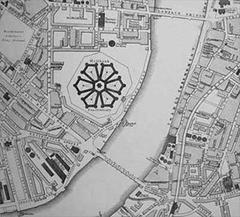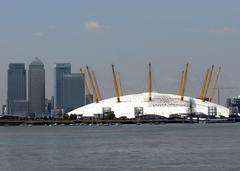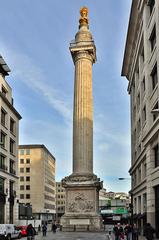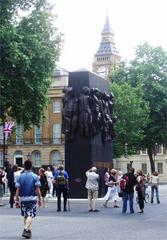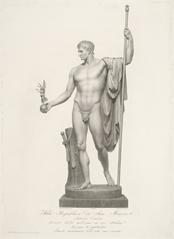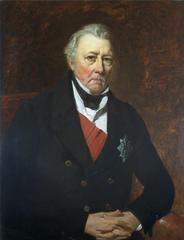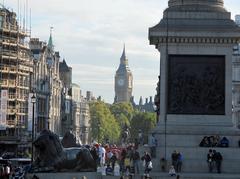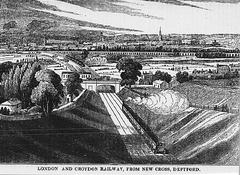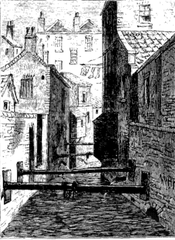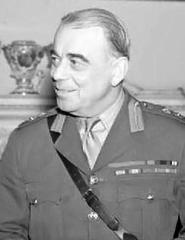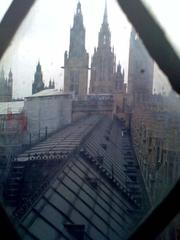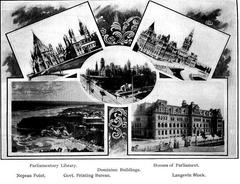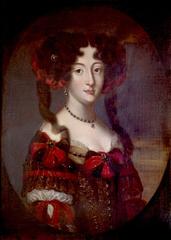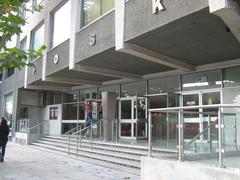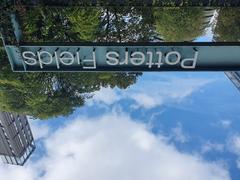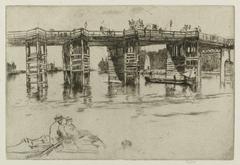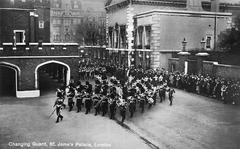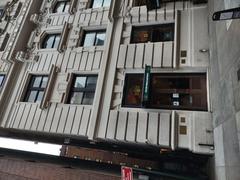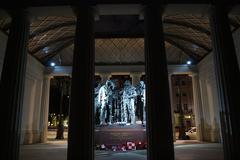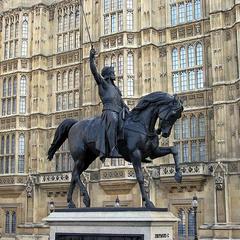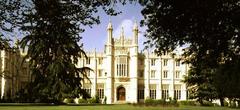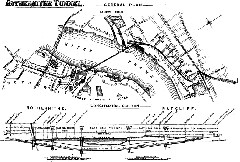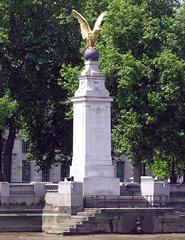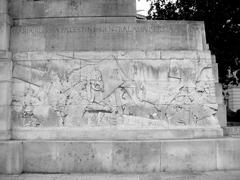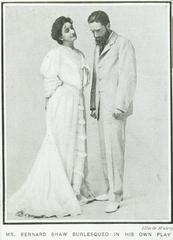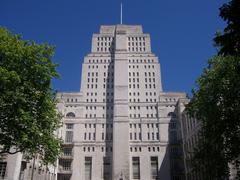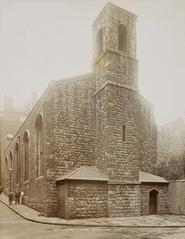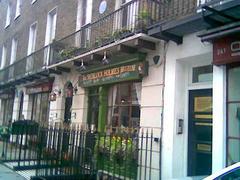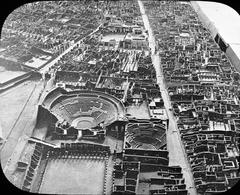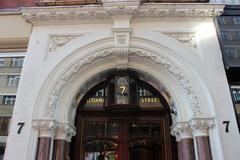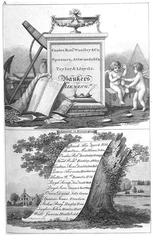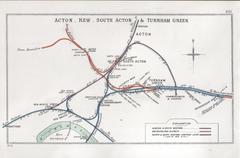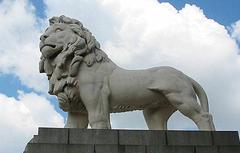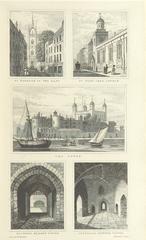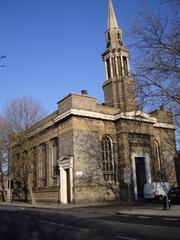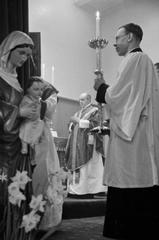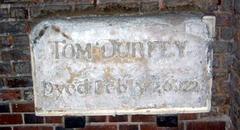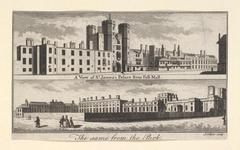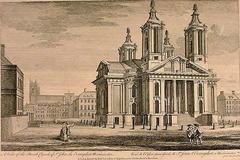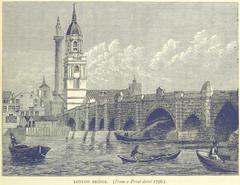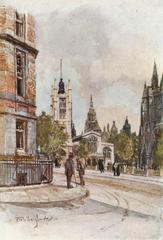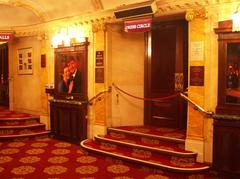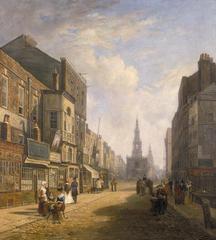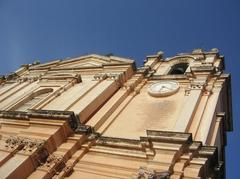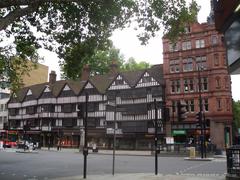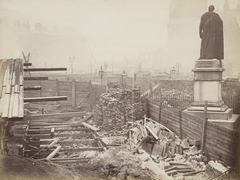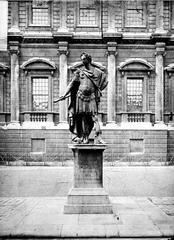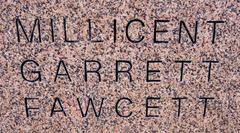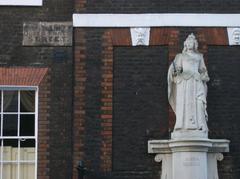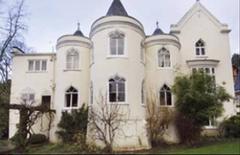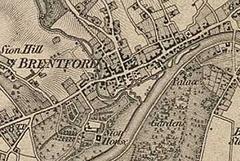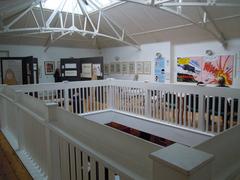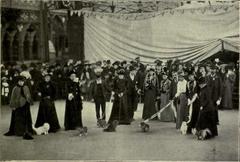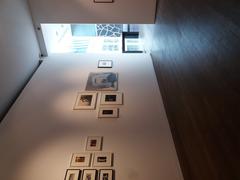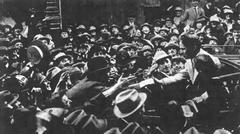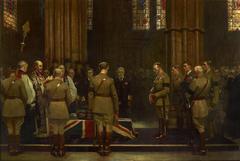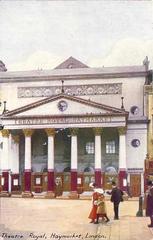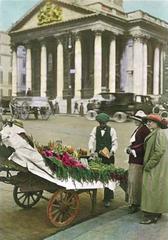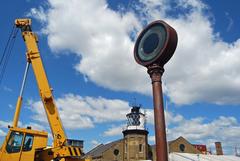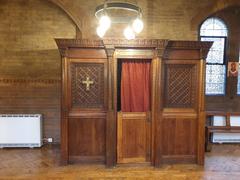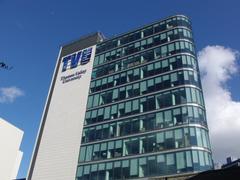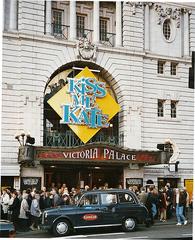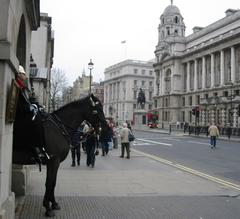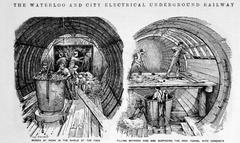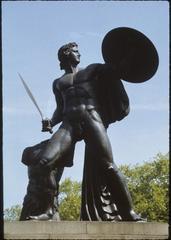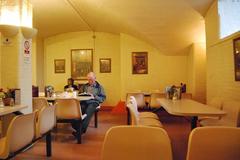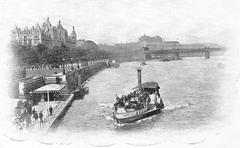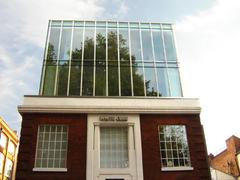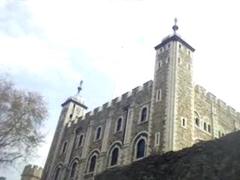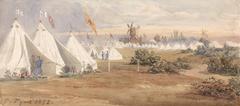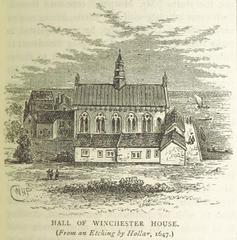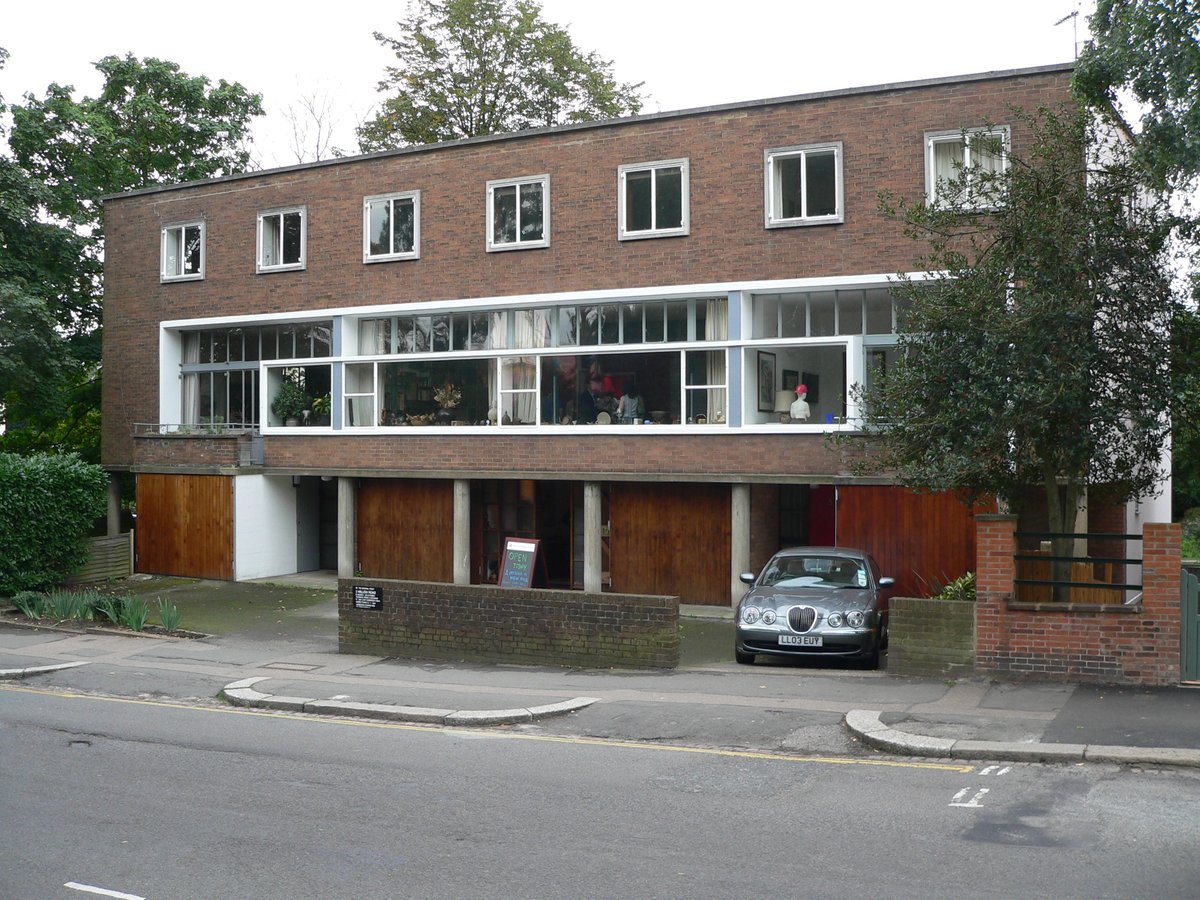
2 Willow Road Visiting Guide: Hours, Tickets, and More
Date: 01/08/2024
Introduction
2 Willow Road in Hampstead, London is a compelling destination for anyone interested in Modernist architecture and the historical context of 20th-century design. Designed by Ernő Goldfinger, a prominent figure in the Modernist movement, this property showcases innovative architectural techniques and design philosophies that were groundbreaking at the time of its construction in 1939 (National Trust). Goldfinger, a Hungarian-born architect who was heavily influenced by Le Corbusier, used 2 Willow Road both as his family home and as a canvas for his architectural ideas. The house is part of a terrace of three homes and is noted for its use of a concrete frame, open-plan interiors, and a central spiral staircase designed by Danish engineer Ove Arup. These features not only highlight the functional aspects of Modernist design but also contribute to the house’s spacious and unencumbered interiors (National Trust).
The house’s history is as intriguing as its design. Goldfinger faced significant resistance from local residents who were opposed to the Modernist style, leading to a public inquiry before the plans were eventually approved (National Trust). Despite the controversy, 2 Willow Road has become a landmark in British Modernist architecture, preserving many original features and offering an intimate look into the life of the Goldfinger family and their contributions to Hampstead’s vibrant artistic and intellectual community (National Trust).
Today, the property is managed by the National Trust and serves as both a museum and an educational resource. Visitors can explore a significant collection of modern art and bespoke furniture designed by Goldfinger himself, making it a comprehensive experience for anyone interested in architecture, design, and history (Art Fund). This guide aims to provide all the necessary information for planning a visit, including details on visiting hours, ticket prices, accessibility, and nearby attractions.
Table of Contents
- [History of 2 Willow Road](#history-of-2-willow-roadhistory-of-2-willow-road)
- [The Architect: Ernő Goldfinger](#the-architect-ernő-goldfingerthe-architect-ernő-goldfinger)
- [Design and Construction](#design-and-constructiondesign-and-construction)
- [Resistance and Controversy](#resistance-and-controversyresistance-and-controversy)
- [The Goldfinger Family and Hampstead’s Creative Community](#the-goldfinger-family-and-hampsteads-creative-communitythe-goldfinger-family-and-hampsteads-creative-community)
- [Architectural Significance](#architectural-significancearchitectural-significance)
- [Visiting Information](#visiting-informationvisiting-information)
- [Visiting Hours](#visiting-hoursvisiting-hours)
- [Ticket Prices](#ticket-pricesticket-prices)
- [Guided Tours](#guided-toursguided-tours)
- [Accessibility](#accessibilityaccessibility)
- [Travel Tips](#travel-tipstravel-tips)
- [Nearby Attractions](#nearby-attractionsnearby-attractions)
- [Special Events](#special-eventsspecial-events)
- [Photographic Spots](#photographic-spotsphotographic-spots)
- [FAQ](#faqfaq)
- [Do I need to book tickets in advance?](#do-i-need-to-book-tickets-in-advancedo-i-need-to-book-tickets-in-advance)
- [Is 2 Willow Road suitable for children?](#is-2-willow-road-suitable-for-childrenis-2-willow-road-suitable-for-children)
- [Can I take photos inside the house?](#can-i-take-photos-inside-the-housecan-i-take-photos-inside-the-house)
- [Are there any special events at 2 Willow Road?](#are-there-any-special-events-at-2-willow-roadare-there-any-special-events-at-2-willow-road)
- [Conclusion](#conclusionconclusion)
History of 2 Willow Road
The Architect: Ernő Goldfinger
Ernő Goldfinger, born in Budapest in 1902, was a Hungarian-born architect who played a significant role in the Modernist movement in Britain. Goldfinger studied architecture in Paris, where he was influenced by the works of Le Corbusier and the Modernist manifestos such as Vers une Architecture. His Marxist convictions also shaped his architectural philosophy, emphasizing functionality and social housing (National Trust).
Design and Construction
2 Willow Road was designed by Ernő Goldfinger in 1939 as a home for himself and his family. The house is part of a terrace of three houses located in Hampstead, London. The design of the house is a testament to Goldfinger’s Modernist philosophy, characterized by the use of red brick, exposed load-bearing columns, and a continuous stretch of windows across the first floor. The interior features a central spiral staircase designed by Danish engineer Ove Arup, which services each floor without requiring large landing spaces. This design choice, along with the external concrete frame supporting the building, results in spacious and unencumbered interiors (National Trust).
Resistance and Controversy
The construction of 2 Willow Road was not without controversy. Goldfinger faced significant resistance from local residents who were opposed to the Modernist design. The opposition was so intense that it led to a public inquiry. Despite the resistance, Goldfinger’s plans were eventually approved, and the house was completed in 1939. The controversy surrounding the construction of 2 Willow Road highlights the tension between traditional architectural styles and the emerging Modernist movement in Britain during the 1930s (National Trust).
The Goldfinger Family and Hampstead’s Creative Community
Ernő Goldfinger and his wife Ursula were at the heart of Hampstead’s burgeoning artistic, political, and charitable movements during the 1930s and 1940s. The couple used their home at 2 Willow Road to host various events, including an ‘Aid to Russia’ fundraising exhibition in 1942, which featured works by influential artists. This period saw Hampstead becoming a hub for creative and intellectual activity, with the Goldfingers playing a central role in fostering this community (National Trust).
Architectural Significance
2 Willow Road is considered an important example of Modernist architecture in Britain. The house’s design incorporates several innovative features that were groundbreaking at the time and continue to be admired today. The use of an external concrete frame, continuous windows, and a central spiral staircase are all elements that reflect Goldfinger’s commitment to Modernist principles. The house also contains a collection of modernist furniture designed by Goldfinger, as well as works by artists such as Ozenfant, Delauney, Max Ernst, Man Ray, and Bridget Riley (National Trust).
Visiting Information
Visiting Hours
2 Willow Road is open for pre-booked visits on Thursdays and Saturdays from March to October. Guided tours are available on the hour from 11 am to 2 pm, and free-flow visits are available from 3 pm to 4:30 pm. Visitors are encouraged to book their tickets in advance, as places are limited (National Trust).
Ticket Prices
Tickets for adults are £9.00, children (5-17 years) are £4.50, and family tickets (2 adults and up to 3 children) are £22.50. National Trust members can visit for free (National Trust).
Guided Tours
Guided tours offer in-depth insights into the history, architecture, and significance of 2 Willow Road. These tours are led by knowledgeable guides who can answer any questions you may have (National Trust).
Accessibility
The house retains its original 20th-century plan, with narrow doorways, corridors, and small rooms across three levels. Accessibility is limited, with uneven surfaces and a steep entrance. However, a virtual tour and a 20-minute film of the house are available on the ground floor for those who may have difficulty accessing the upper levels (National Trust).
Travel Tips
2 Willow Road is located in Hampstead, which is well-served by public transport. The nearest Underground station is Hampstead (Northern Line), and several bus routes pass close by. Visitors are advised to check the National Trust website for the latest travel information and any potential disruptions (National Trust).
Nearby Attractions
While visiting 2 Willow Road, consider exploring other nearby attractions such as Hampstead Heath, Keats House, and the Freud Museum. Hampstead is a vibrant area with plenty of cafes, shops, and historical sites to enjoy (National Trust).
Special Events
2 Willow Road hosts various special events throughout the year, including exhibitions, talks, and family activities. Check the National Trust website for the latest schedule and details (National Trust).
Photographic Spots
Photography is allowed inside 2 Willow Road, but flash and tripods are not permitted. The house’s unique architectural features and art collection make it an excellent spot for photography enthusiasts (National Trust).
FAQ
Do I need to book tickets in advance?
Yes, it is highly recommended to book tickets in advance as places are limited (National Trust).
Is 2 Willow Road suitable for children?
Yes, children are welcome, and there are family tickets available. However, the house’s layout may not be suitable for very young children or those with mobility issues (National Trust).
Can I take photos inside the house?
Yes, photography is allowed, but flash and tripods are not permitted (National Trust).
Are there any special events at 2 Willow Road?
Yes, the house hosts various special events throughout the year. Check the National Trust website for the latest schedule (National Trust).
Conclusion
2 Willow Road offers a unique and enriching experience for visitors, blending architectural innovation with a rich historical and cultural context. Designed by Ernő Goldfinger, this Modernist gem in Hampstead is not just a testament to groundbreaking architectural techniques but also a window into the creative and intellectual life of the 20th century. The house’s open-plan design, central spiral staircase, and use of a concrete frame were pioneering at the time and continue to be admired today (National Trust).
Managed by the National Trust, 2 Willow Road is preserved in its original state, offering a rare glimpse into the life and work of one of Britain’s most influential Modernist architects. The property also houses a significant collection of modern art and bespoke furniture, making it a must-visit for anyone interested in design and history (National Trust). Whether you are an architecture enthusiast, a history buff, or simply looking for a unique cultural experience, 2 Willow Road provides a comprehensive and insightful journey into the world of Modernist architecture.
By planning your visit in advance and utilizing the information provided in this guide, you can ensure a smooth and fulfilling experience. Don’t forget to explore nearby attractions like Hampstead Heath to make the most of your trip to this historical site. For the latest updates and more information, visit the National Trust website and consider following their social media channels.
References
- National Trust. Who was Ernő Goldfinger? Retrieved from National Trust.
- National Trust Collections. 2 Willow Road. Retrieved from National Trust Collections.
- Wikipedia. 2 Willow Road. Retrieved from Wikipedia.
- Art Fund. 2 Willow Road. Retrieved from Art Fund.
- Travellers Worldwide. Best Time to Visit London. Retrieved from Travellers Worldwide.
- London x London. 2 Willow Road. Retrieved from London x London.
